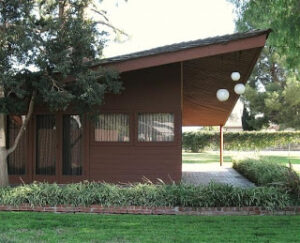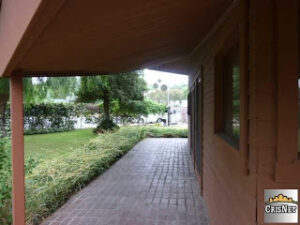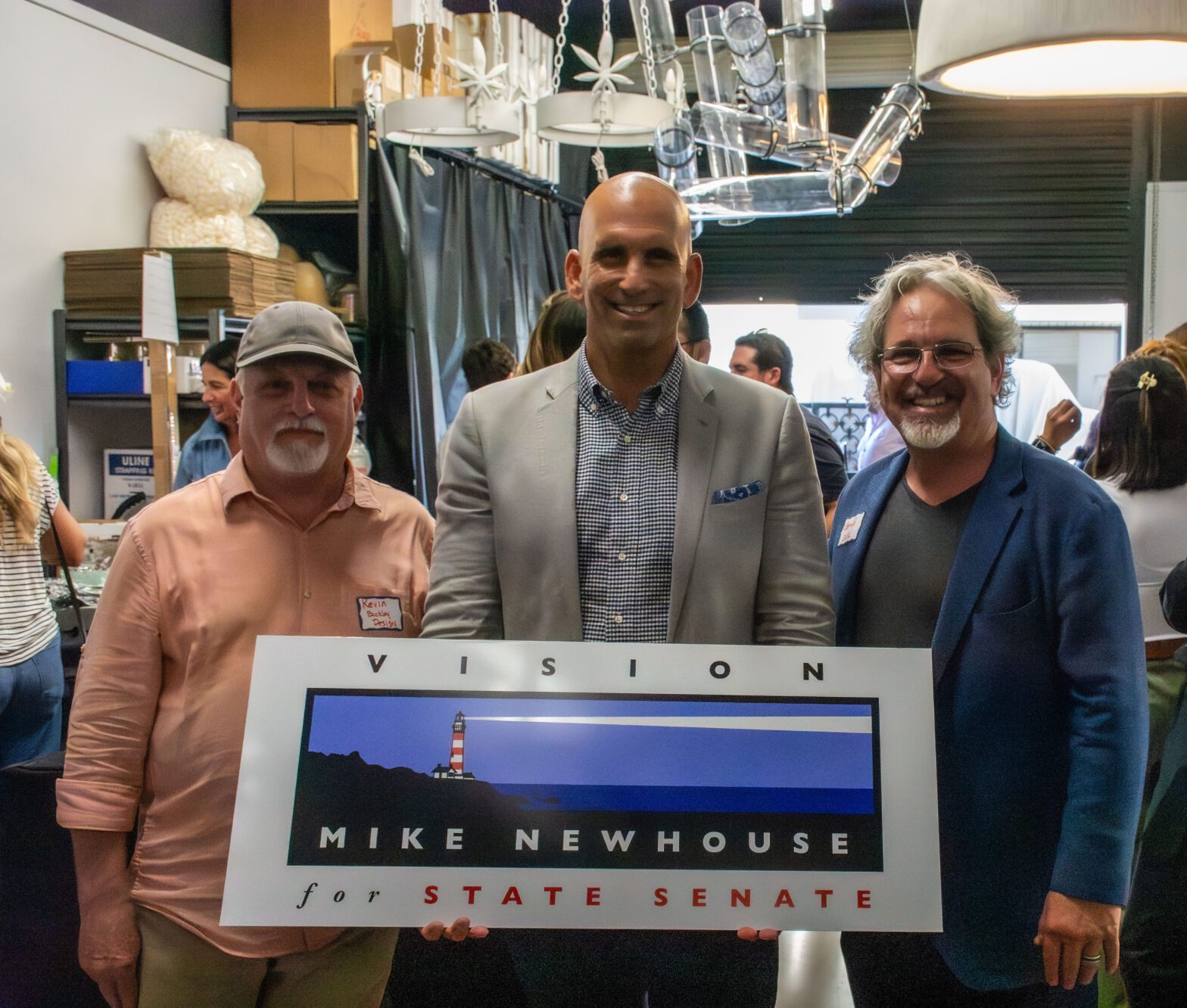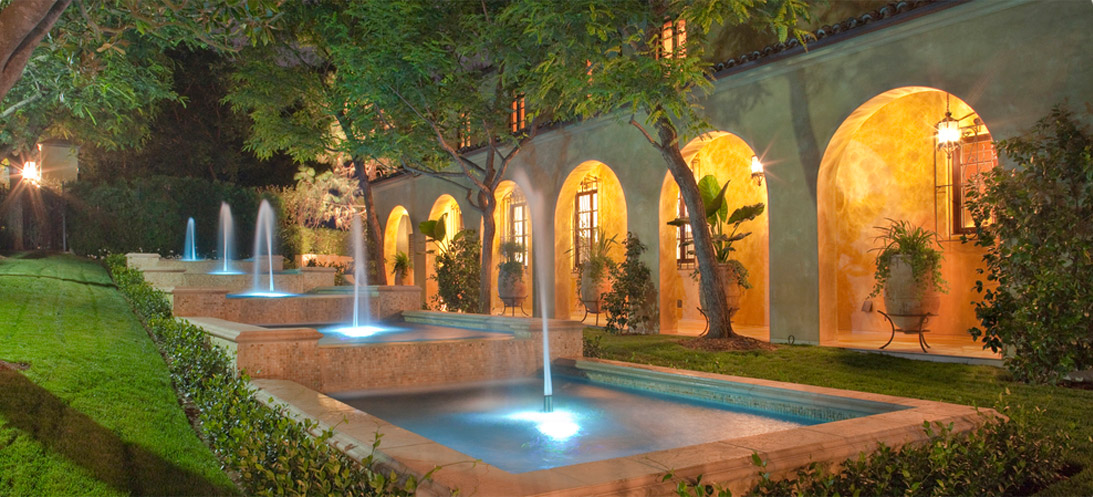
In recent years, the concept of the tiny house has transcended mere trendiness, evolving into a vibrant lifestyle choice for individuals and families alike. This surge in popularity reflects a broader cultural shift toward minimalism and sustainability, with many seeking a more straightforward, intentional way of living.
The Benefits of Tiny Houses
Tiny houses, typically between 400 and 600 square feet, offer a unique blend of functionality and creativity. The micro-home is between 300 and 350 square feet. This compact living space encourages owners to prioritize essential belongings and design multifunctional areas, ultimately leading to a decluttered and purposeful lifestyle. As the tiny house movement grows, it increasingly appeals to those looking to reduce their environmental footprint, decrease living expenses, and embrace a more mobile lifestyle.

One of the most compelling aspects of tiny house living is its affordability. Without the financial burden of a traditional mortgage, residents often enjoy a greater sense of financial freedom. This economic advantage is paired with the environmental benefits of a smaller space, which typically requires less energy to heat and cool, further reducing the ecological impact of its inhabitants.
The Impact of Great Design
The design of tiny houses is as diverse as the people living in them. From modern and sleek to rustic and cozy, these dwellings are often customized to reflect their owners’ tastes and preferences. This level of customization enhances the appeal of tiny houses and fosters a deep sense of home and belonging among those who choose to live in them.
ADG has designed lighting for tiny houses, specifically the historic Matt Adams tiny house created by Lloyd Wright in 1939.

Owners Love Their Tiny Houses
With their portability, tiny houses offer a unique twist on home ownership. Often constructed on trailers, these compact homes let their owners roam and discover new places while still enjoying the familiar comforts of their own space. This adaptability appeals to those who crave adventure but prefer to keep their living environment consistent.
As society continues to deal with environmental concerns and pursue more sustainable lifestyles, tiny houses are a prime example of innovative living. This movement challenges traditional notions of what a home should be and opens up a world of possibilities for living large in smaller, smarter spaces.












